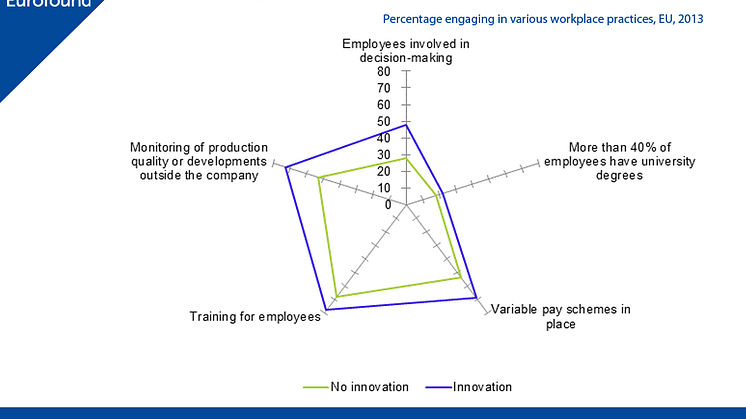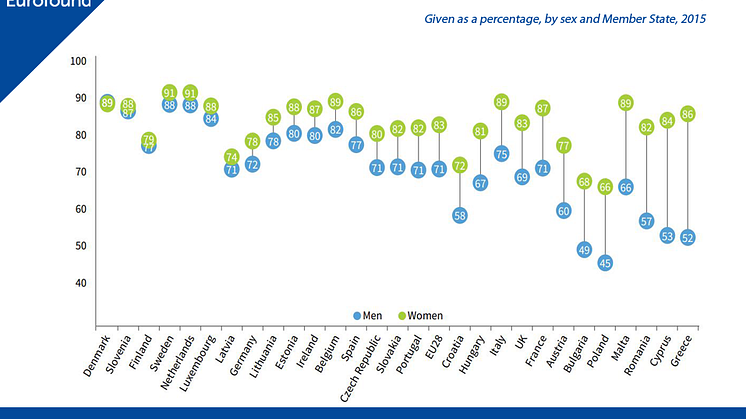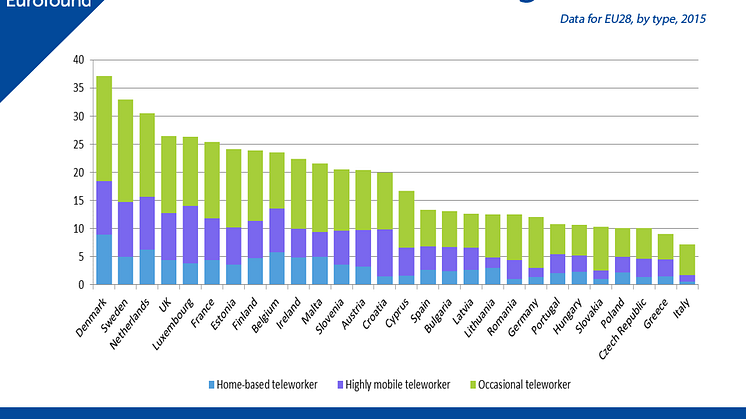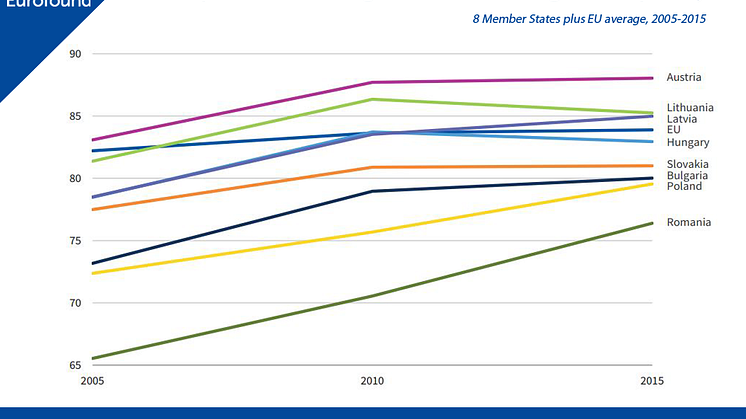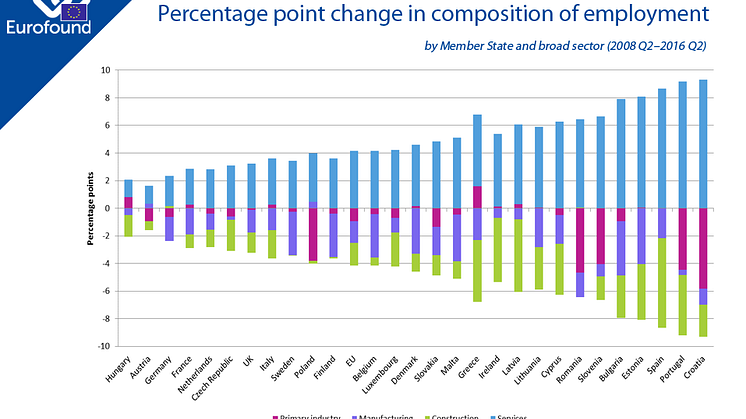
News -
The tide is rising, are all boats lifting?
Employment is at its highest level ever in the EU, and the employment recovery is now well-established in Europe. But is it being felt in all countries?
The employment recovery is well-established in the European Union, and the trends are positive across the main indicators. More people than ever are participating in the labour market – either employed or looking for work – with the EU activity rate (for 15–64-year-olds) at a record 73.5% in Q3 of 2017. While this means more job-seekers, unemployment continues to drop steadily, falling from an annual rate of 8.6% in 2016 to 7.7% in 2017, as does long-term unemployment (from 4.5% to 4%).
Employment is at its highest level ever in the EU, rising to 72.3% (among 20–64-year-olds) in the third quarter of 2017, even though economic growth (in terms of GDP) remains moderate. Perennially problematic, youth unemployment has also dropped nearly 2 percentage points over the course of a year (from 18.7% in 2016 to 16.8% in 2017). The latest figures show that 11.5% of young people in 2016 were classified as not in employment, education or training (NEET), down from a peak of 13% in 2013.
Eight million net new jobs were created across the EU between mid-2013 and mid-2016, representing a 3.7% rise in employment. The countries that suffered the worst employment hits during the crisis outstripped this average: Ireland (+7.8%), Greece (+4.7%), Portugal (+4%) and Spain (6.6%).
But gains across the Member States continue to be unbalanced. Employment has shifted from south to north, with Germany and the UK accounting for most of the new jobs (net of jobs lost) created in the EU between 2008 and 2016, while most of the jobs lost in Greece and Spain in this period have not yet been recovered. And the crisis has left a legacy of workers increasingly distant from the labour market. Almost half of the EU unemployed, or9.5 million people, are long-term unemployed and the majority (around 6 million) have been so for more than two years. Nearly half of long-term unemployed young people have been jobless for more than two years. There is a real risk of unemployment becoming entrenched among these workers – the longer they are without work, the harder it will be to for them to regain it.
- Read more about labour market change in Europe: Living and working in Europe 2017




